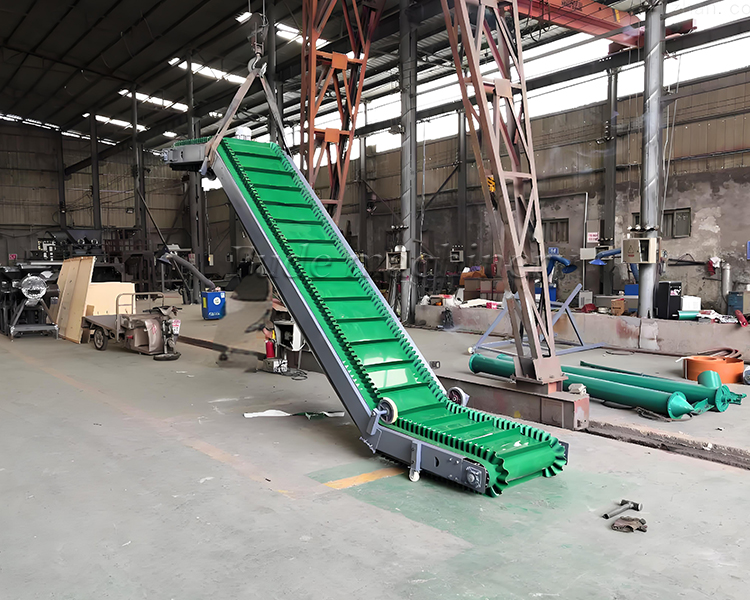Send A MessageWe support device customization. Please specify your material and model requirements, and we will reply to you promptly.
What are the pros and cons of forklift-fed silos vs. belt conveyors?
Forklift feeding bins and belt conveyors each have their unique advantages and disadvantages in the field of material conveying. The following is a detailed comparison:
Advantages and disadvantages of forklift feeding silo
- advantage:
- Strong adaptability: The shovel feeding bin can adapt to materials of different particle sizes and sizes, including block, granular, and powdered materials, and is suitable for various material conveying scenarios.
- Continuous and uniform conveying: The shovel feeding bin can achieve uniform and uninterrupted output of materials, ensuring the continuity and stability of production and improving production efficiency.
- Easy to operate and maintain: Forklift feeding bins are usually equipped with anti smashing nets, vibration and anti blocking devices, mixing and anti blocking devices, as well as variable frequency speed regulation devices, which are easy to operate and maintain.
- Adjustment of conveying capacity: The shovel feeding bin can adjust the conveying capacity and method according to different materials and requirements, with high flexibility.
- Disadvantages:
- Dependence on forklift cooperation: Forklift feeding silos usually need to be used in conjunction with loading equipment such as forklifts to achieve material loading and transportation, which increases operational complexity.
- High cost: The structure of the shovel feeding bin is relatively complex and requires multiple auxiliary devices, resulting in high costs.
Advantages and disadvantages of belt conveyors
- advantage:
- Efficiency: Belt conveyors can quickly and continuously transport large amounts of materials from one location to another, greatly improving production efficiency.
- Strong adaptability: Belt conveyors are suitable for conveying various materials, including powdered materials, granular materials, block materials, etc.
- Flexibility: The conveyor line can be designed with curves as needed to adapt to the layout requirements of different sites.
- Low maintenance cost: The belt conveyor has a simple structure, relatively easy maintenance, and low cost.
- Disadvantages:
- High energy consumption: Belt conveyors require a certain amount of energy during operation, which is high for long-distance transportation and large-scale material transportation.
- High environmental requirements: Belt conveyors need to operate under suitable environmental conditions, such as temperature, humidity, etc., which may not be suitable for some special environments.
- Transportation restrictions: Some materials may not be suitable for transportation by belt conveyors, such as materials with special properties such as flammability and explosiveness. In addition, the inclined transportation slope of belt conveyors is limited, generally only around 17 ° -18 °, and they are usually only used for straight transportation.
Forklift feeding silos and belt conveyors each have their unique advantages. In practical applications, the most suitable conveying method should be selected based on factors such as material properties, conveying distance, and site conditions.


 Organic fertilizer equipment,organic fertilizer production line,organic fertilizer equipment factory
Organic fertilizer equipment,organic fertilizer production line,organic fertilizer equipment factory